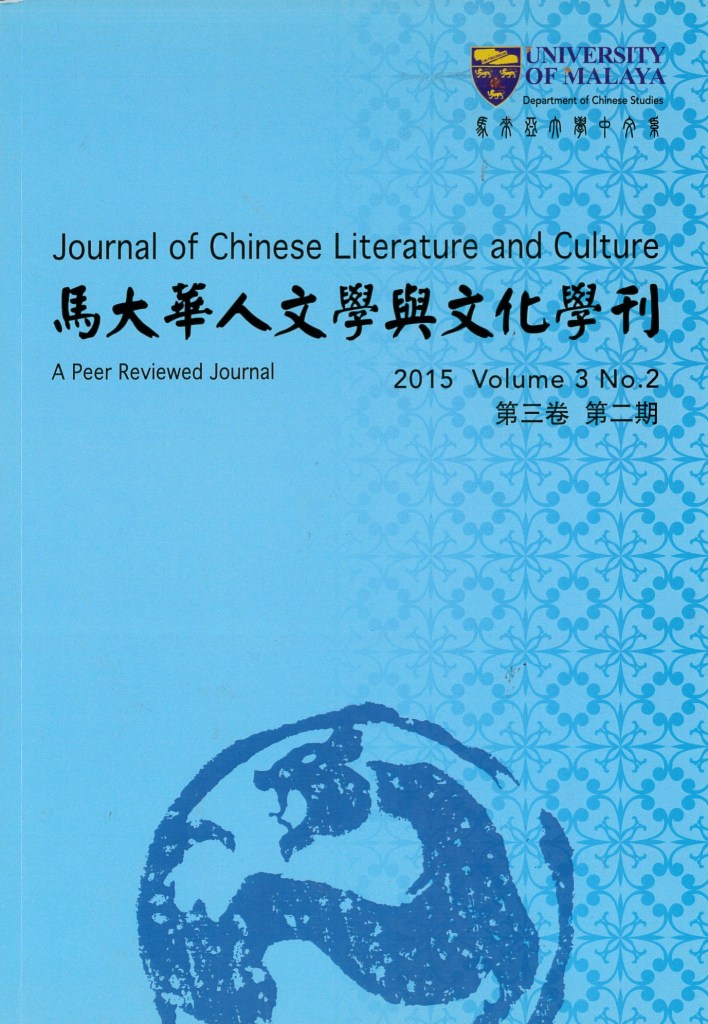Situation of Chinese Language Education in Malaysia 马来西亚汉语教育现状
Main Article Content
Abstract
Modern Chinese, as a lingua franca, has a significant numbers of synonyms. It is referred to as Putonghua in Mainland China. By comparison, it is identified as ‘the national language’ (Guo Yu) in Taiwan; ‘Mandarin’, ‘Chinese’ and other relevant terms outside China. Ever since the establishment of the Republic of China, Chinese language used in the northern part of China, Beijing specifically, has been declared by the Chinese government as standard Chinese. After the return of Taiwan to China in 1945, the Chine Government has sent a professional group of language experts to Taiwan with the aim of promoting Guo Yu. Hence, it can be concluded that the fundamentals of Chinese phonology in Mainland China and Taiwan were the same. However, linguistic variations took place after their political split in 1949. Basically, the Chinese language (Han Yu) employed by diasporas Chinese today derives from Putonghua. In Malaysia, Han Yu is distinguished as Chinese Language (Hua Yu). Under the current education policy, Han Yu is considered as the First language, as well as a Second language in terms of medium of instruction. The coexistence of these two Chinese education models has invited various problems which demand serious consideration. This article is segregated into three sections. First, it argues the status of Chinese Language (Han Yu) under the national policy on education. Secondly, it explores the dichotomy of Chinese Education models in Malaysia. Last but not least, it scrutinizes the problems of Chinese Education in Malaysia.
Keywords: Malaysia, Chinese Education, Chinese Status
